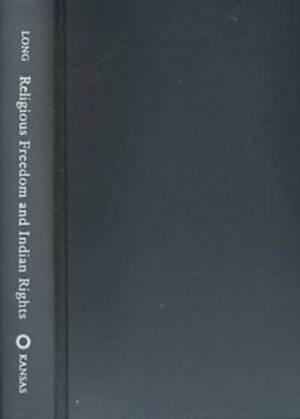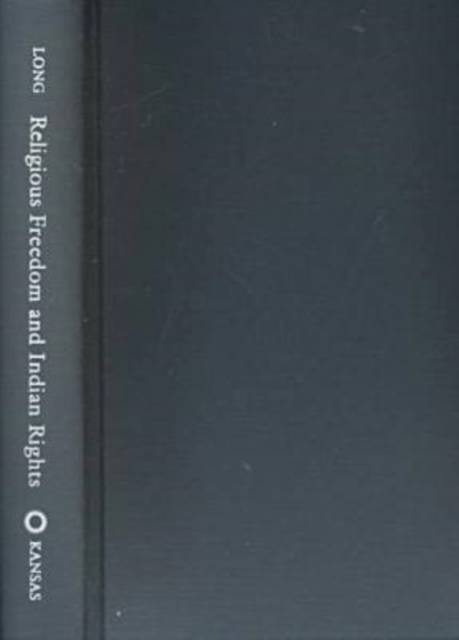
- Retrait gratuit dans votre magasin Club
- 7.000.000 titres dans notre catalogue
- Payer en toute sécurité
- Toujours un magasin près de chez vous
- Retrait gratuit dans votre magasin Club
- 7.000.0000 titres dans notre catalogue
- Payer en toute sécurité
- Toujours un magasin près de chez vous
50,45 €
+ 100 points
Description
The Supreme Court's controversial decision in Oregon v. Smith sharply departed from previous readings of the First Amendment's religious freedom clause and ignited a firestorm of protest. This analysis of the case shows why it continues to resonate so deeply in the American psyche.
Spécifications
Parties prenantes
- Auteur(s) :
- Editeur:
Contenu
- Nombre de pages :
- 264
- Collection :
Caractéristiques
- EAN:
- 9780700610631
- Date de parution :
- 30-01-01
- Format:
- Livre relié

Les avis
Nous publions uniquement les avis qui respectent les conditions requises. Consultez nos conditions pour les avis.






